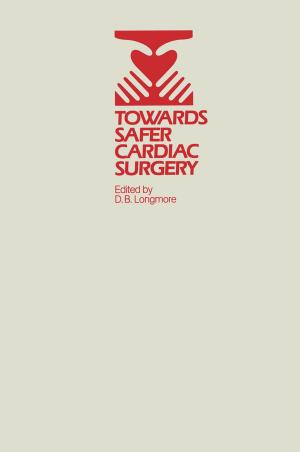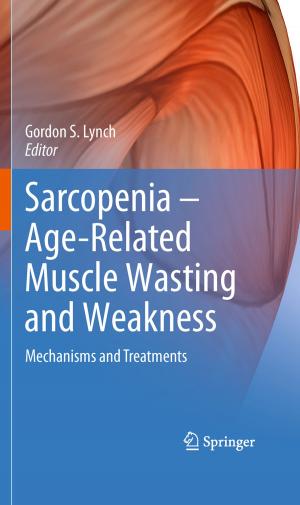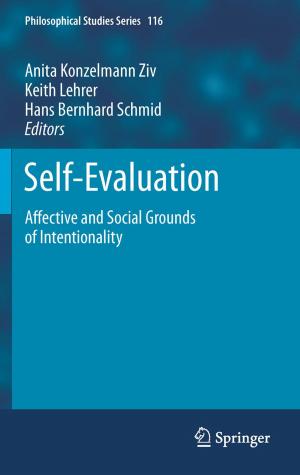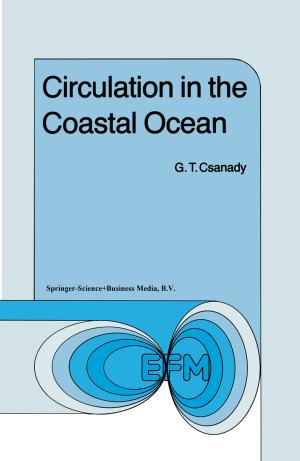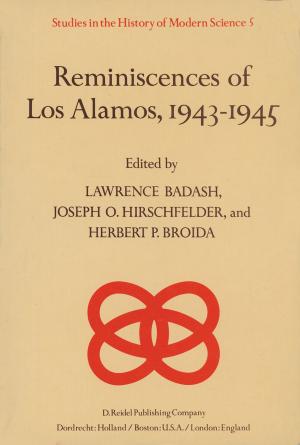Aspects of Praematurity and Dysmaturity
Groningen 10–12 May 1967
Nonfiction, Health & Well Being, Medical, Specialties, Pediatrics, Gynecology & Obstetrics| Author: | ISBN: | 9789401034289 | |
| Publisher: | Springer Netherlands | Publication: | December 6, 2012 |
| Imprint: | Springer | Language: | English |
| Author: | |
| ISBN: | 9789401034289 |
| Publisher: | Springer Netherlands |
| Publication: | December 6, 2012 |
| Imprint: | Springer |
| Language: | English |
The concept of the foeto-placental unit as an integrated endocrine organ has been defined recently by many in vivo studies at the 17th- 20th week of gestation. A functioning foeto-placental unit is necessary for most of the increased oestrogen production of pregnancy and for the provision of glucocorticoids and aldosterone to the foetus. Neither the foetus nor the placenta alone have the necessary enzyme systems for the synthesis of these groups of steroids. However, when the foetus and placenta function as a unit, all of the enzyme systems are present for the synthesis of these steroids from circulating cholesterol. The placenta, but not the mid-gestation foetal adrenal, can synthesize physiologically significant amounts of pregnenolone from circulating cholesterol. Part of the pregnenolone is converted to progesterone in the placenta by the 3~-HSD system (absent in the foetus). The progesterone is transferred to the foetus where it is transformed by C-II, C-17, C-18 and C-21 hydroxylases (all absent in the placenta) to cortisol, corticosterone and aldosterone. Pregnenolone transferred from the placenta to the foetus undergoes 171X-hydroxylation, side chain splitting and sulfurylation (absent in the placenta) and is converted to DHAS. The DHAS may undergo 161X-hydroxylation (absent in the placenta) in the foetal liver and be transported to the placenta as 161X-OH-DHAS. There it is subjected to a neutral steroid sulfatase (absent in the foetus) and is converted to oestriol by action of the 3~-HSD system and the aromatizing enzyme system.
The concept of the foeto-placental unit as an integrated endocrine organ has been defined recently by many in vivo studies at the 17th- 20th week of gestation. A functioning foeto-placental unit is necessary for most of the increased oestrogen production of pregnancy and for the provision of glucocorticoids and aldosterone to the foetus. Neither the foetus nor the placenta alone have the necessary enzyme systems for the synthesis of these groups of steroids. However, when the foetus and placenta function as a unit, all of the enzyme systems are present for the synthesis of these steroids from circulating cholesterol. The placenta, but not the mid-gestation foetal adrenal, can synthesize physiologically significant amounts of pregnenolone from circulating cholesterol. Part of the pregnenolone is converted to progesterone in the placenta by the 3~-HSD system (absent in the foetus). The progesterone is transferred to the foetus where it is transformed by C-II, C-17, C-18 and C-21 hydroxylases (all absent in the placenta) to cortisol, corticosterone and aldosterone. Pregnenolone transferred from the placenta to the foetus undergoes 171X-hydroxylation, side chain splitting and sulfurylation (absent in the placenta) and is converted to DHAS. The DHAS may undergo 161X-hydroxylation (absent in the placenta) in the foetal liver and be transported to the placenta as 161X-OH-DHAS. There it is subjected to a neutral steroid sulfatase (absent in the foetus) and is converted to oestriol by action of the 3~-HSD system and the aromatizing enzyme system.


